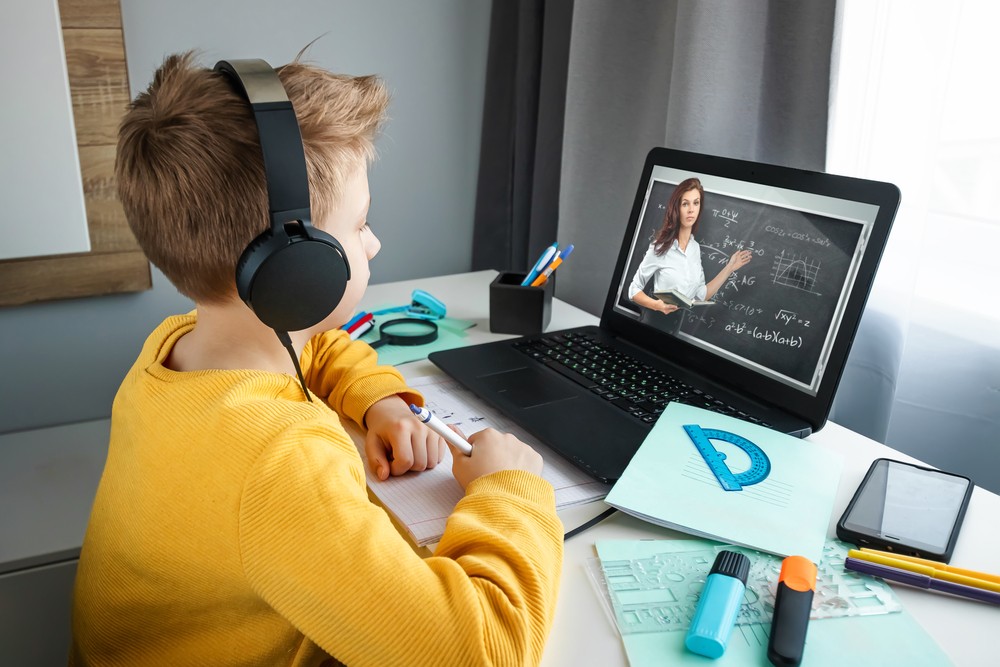While we have talked extensively about the advantages of a virtual learning environment, we would be naive to ignore some of the valid concerns others have brought up. However, there are some solutions to these problems, which we will address in this blog.
Key concerns about virtual learning environment platforms
There are several concerns about virtual learning environment platforms.
Accessibility is a huge issue for many users
One valid concern brought up about virtual learning environment platforms is the lack of accessibility. In many OECD countries, accessing online education platforms is not a problem. For example, there are over 22.31 million internet users in Australia. However, expansive internet usage does not mean that everyone who needs access to remote education gets it, which means not everyone can access online education.
This is a problem that occurs in both developing and developed nations. Developing nations are familiar with mobile technology but access still remains a point of concern. Furthermore, there are people living in OECD countries who have trouble accessing virtual learning environment platforms, mostly due to geographical restrictions.
Sadly, there are no easy solutions to this problem. But one way to work around this is to coordinate with education-based NGOs to disseminate online education and make it more accessible.
This is one solution Reelae is looking to implement through our partnership with LiteHaus, we are providing free access to online education for students living in remote parts of Queensland and Papua New Guinea.
It is difficult for teachers to prevent cheating
Preventing cheating during an online assessment is a huge challenge for many education institutions. Indeed, due to the nature of the virtual learning environment, it is much harder to ensure that students are not cheating, especially when compared to in-class assessments and tests.
Students cannot be directly observed unless there is a video feed on them, and even then, it is impossible to determine if students are cheating. Fortunately, you don’t have to rely on conventional means to detect wrongdoing.
There are several measures one can take to ensure that students are not cheating. This is because there are several anti-cheating measures that can be done. For example, automated ID verification and machine learning fraudulent test-takers can help teachers and administrators quickly determine if students are not cheating.
Online education is too dependent on motivation
Furthermore, teachers and administrators can set several rules to minimise incidence of cheating. One of the biggest advantages of using online education platforms is custom education – the freedom to learn at one’s own pace. However, this comes at the expense of the other benefits of face-to-face education, like peer-to-peer activities. Interacting with peers gave students an incentive to stay focused on their work.
Given that most students are learning at their own pace, this means students must rely on their motivation and self-management skills to continue with their work. This could be seen as somewhat problematic for most because some students can lose their motivation, especially if they are isolated for a long period of time.
While motivation is a huge problem for some students, there are ways around it. For example, teachers can set regular meetings with their students. This can be either one-on-one meetings to determine progress or fun virtual events with groups of students to help ease the sense of isolation.
It is important to keep in mind that motivation is a skill, which can be developed, so education institutions can allocate time to teach students how to keep themselves motivated. Teaching self-motivation can go a long way in mitigating this problem.
Some subjects are easier to learn online than others
One criticism levied at virtual education platforms is that certain subjects are more suited to online learning compared to others. For example, the arts and humanities are better suited to virtual learning, compared to subjects like medical science and engineering because they require some practical exercises.
Blended learning can work to some degree because it incorporates multiple mediums of learning, giving educators the chance to go beyond the common methods of rote and reiteration and be a little bit more innovative in their teaching methods.
Addressing common concerns with clever solutions
While there are concerns about online education, many of these shortcomings can be overcome with the right teaching strategies. To learn more about these strategies, and the best use of a virtual learning environment, visit the Reelae blog.





